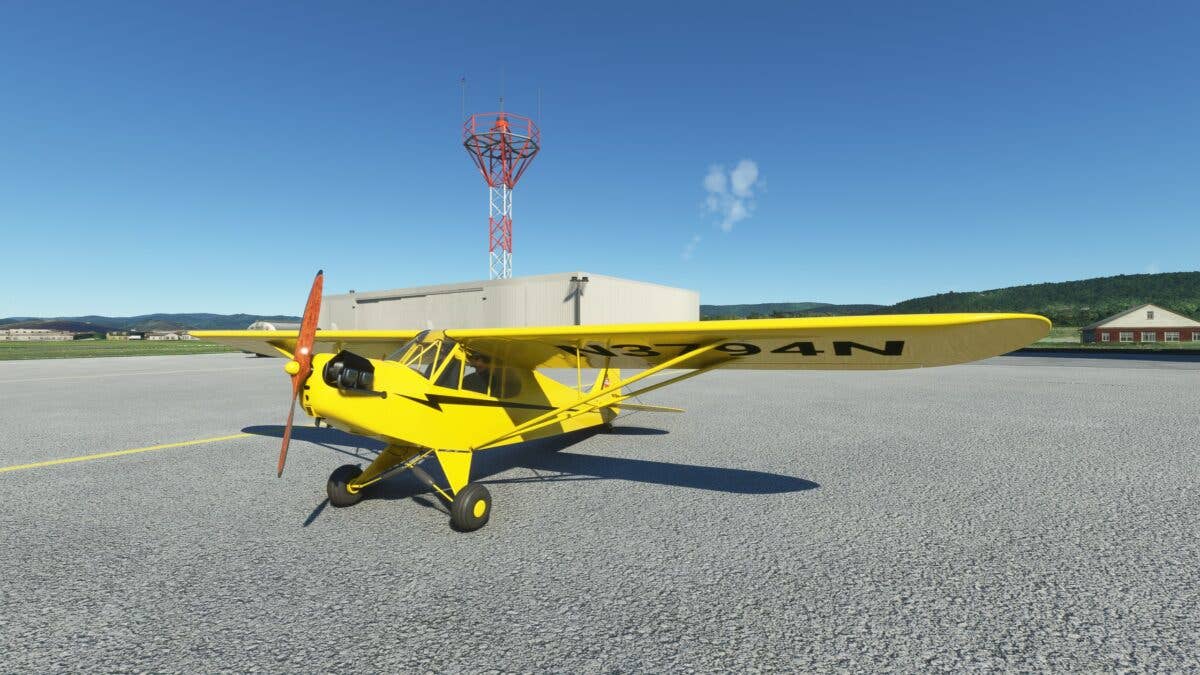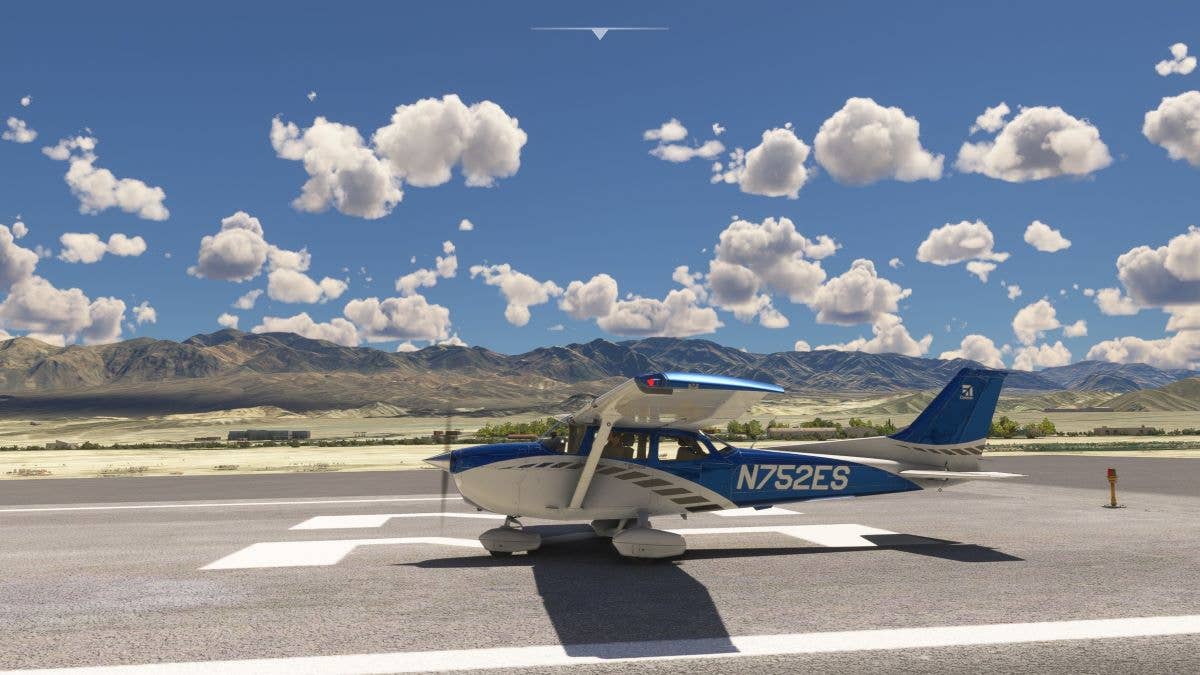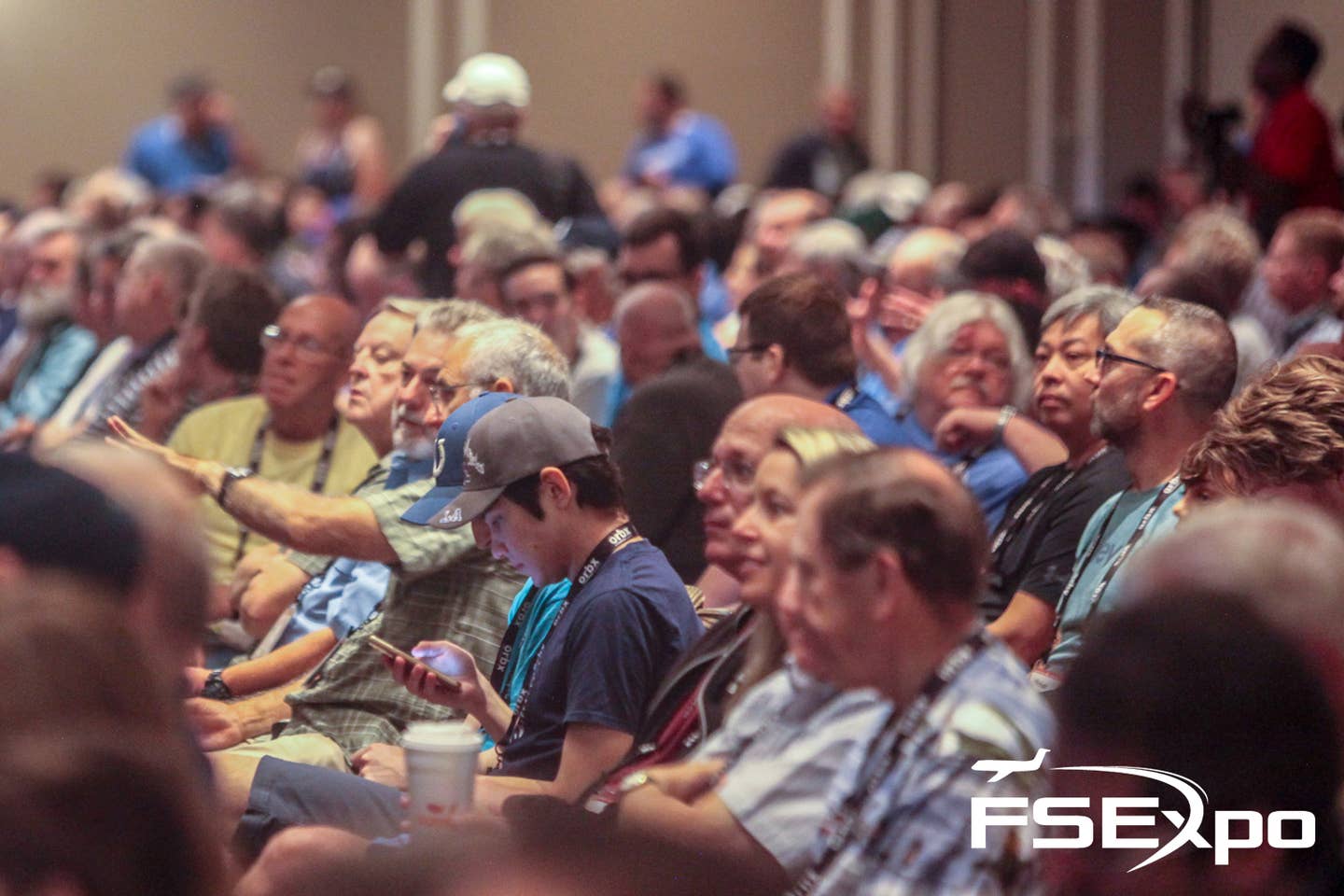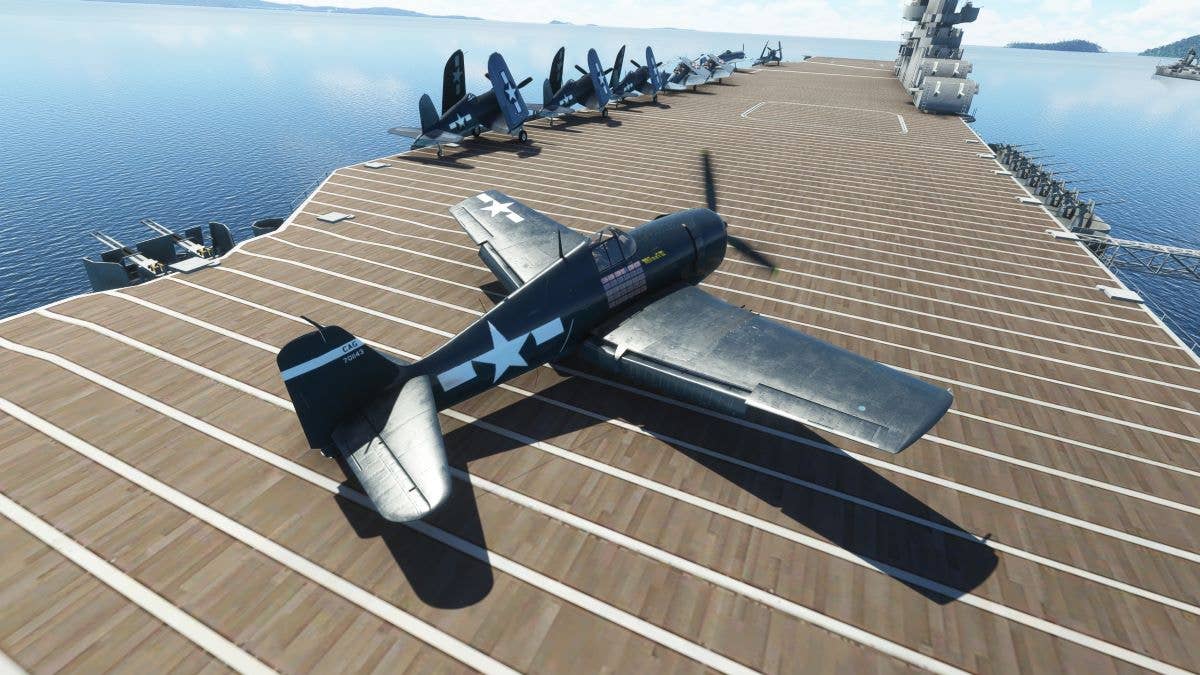A Virtual History of the Piper Cub
Today in Microsoft Flight Simulator 2020 (MSFS2020), I’m going to be flying and telling the story of one of the most important airplanes in the history of aviation: the Piper J-3 Cub.

[Courtesy: Patrick Chovanec]
Today in Microsoft Flight Simulator 2020 (MSFS2020), I’m going to be flying and telling the story of one of the most important airplanes in the history of aviation: the Piper J-3 Cub.
The Piper Cub was designed in 1930 by Clarence G. Taylor. He and his brother Gordon formed Taylor Brothers Aircraft Corp. with the financial backing of local Pennsylvania industrialist William T. Piper. Taylor’s idea was to build a simple, affordable airplane that would encourage more people to learn to fly.
The Cub sported a 35-foot wingspan and was 22 feet long. The fuselage was made of tubular steel covered in fabric, and the wings were fabric-covered wood. It weighed a total of about 800 pounds empty, 1,200 pounds fully loaded.
Originally the Cub was powered by a 20 hp engine, but this proved to be underpowered, so it was upgraded to 40 hp. This particular version, the J3C-65, has a 4-cylinder 85 hp engine. The name of the first engine was the Brownback “Tiger Kitten,” from which the airplane’s name, the Cub, playfully derives.
The Cub’s landing gear are fixed and cushioned by bungee cords covered in leather.
The two pilots sit in tandem, one behind the other, which made the Cub ideal for training with a student in front and instructor behind. When flying solo, the pilot sits in the rear seat. You have to look over the seat in front of you to see the instruments, though you do have your own stick, throttle, and rudder pedals.
Here’s a closer look at the Cub instrument panel from the front seat. Just a tachometer (rpm), airspeed indicator, compass, altimeter, and oil pressure/temperature gauges. No artificial horizon or turn coordinator, so this is strictly for VFR.
The throttle is the black knob on the left. Not only is it a fixed-pitch propeller, you don’t have a fuel/air mixture control, because presumably you won’t be flying high enough to need one. You control the throttle with your left hand and the stick with your right.
Sadly, the Taylor brothers went bankrupt during the Great Depression. Piper, a businessman with no previous experience in aviation, bought a controlling stake in the company for $761 to keep it going. That’s why I’m here at the William T. Piper Memorial Airport (KLHV) in Lock Haven, Pennsylvania, where Piper relocated the factory.
Piper supported Taylor’s vision of popular aviation. Piper built a flight school next to the factory and included lessons in the price of the airplane. Piper himself learned to fly at the age of 50.
The Cub’s standard, factory paint job was chrome yellow, which came to be known as “Cub yellow” or “Lock Haven yellow.”
Piper and Taylor eventually quarreled and parted ways. Taylor formed his own company, and Piper renamed the existing company after himself. Hence, the Piper Cub. Piper steadily made incremental improvements to the design. With a maximum cruise speed of 78 knots, it had a range of 191 nm and a ceiling of 11,500 feet. In 1938, a Piper Cub sold for $1,000.
What really changed things, however, was the approach of World War II. In 1938, the U.S. established the Civilian Pilot Training Program (CPTP) to instruct pilots for potential wartime needs. The CPTP operated through flight schools and universities. Students received 72 hours of ground school followed by 35 to 50 hours of flying. This curriculum established the foundation for private flight training as we know it. The program required these schools to have one airplane for every 10 students, which meant buying a lot of new aircraft—most of them Piper Cubs.
By the time CPTP was phased out in 1944, the program had trained 435,000 new pilots. Seventy-five percent of them—and 80 percent of all military pilots in WWII—performed their initial flight training in a Piper Cub. CPTP-trained pilots included African-Americans who went on to fight as part of the Tuskegee Airmen, and women who, as members of the Women Airforce Service Pilots (WASPs), served as ferry pilots to deliver and reposition aircraft.
As the war approached, privately owned Piper Cubs were being conscripted by the Civil Air Patrol (CAP) to search offshore for German U-boats, like this one I’m flying off Cape May, New Jersey. By the end of WWII, CAP pilots had flown more than 500,000 mission hours, 90 aircraft were lost, and 64 pilots were killed, including 26 lost on coastal patrol.
The Piper Cub truly came into its own, however, as an artillery spotter and staff airplane near the front lines in Europe, where it was designated the L-4 Grasshopper. This one, dubbed the Elizabeth, operated from the aircraft carrier USS Ranger during Operation Torch, the 1942 Allied invasion of North Africa.
The Elizabeth was flown by Lieutenant William Butler with observer Captain Brenton Devol, and it operated along the coast of Morocco during the invasion near Casablanca and Rabat.
In 1943, General Dwight D. Eisenhower inspected the battlefield in an L-4 Grasshopper. But the most famous L-4 of all was flown by Lieutenant Colonel Charles Carpenter, who was a 29-year-old high school history teacher when he signed up to go to war.
In autumn 1944 after the D-Day invasion, General George S. Patton’s Third Army was driving hard into eastern France, crossing the Moselle River here at Nancy in Lorraine. In Normandy, Carpenter had outfitted his L-4 with six bazookas, three on each wing strut, so he could fire on German vehicles below. He dubbed his airplane Rosie the Rocketer---a play on “Rosie the Riveter.” His single-handed attacks on German units in his Piper Cub earned Carpenter the nickname “The Mad Major” from troops and “Bazooka Charlie” from the media.
On September 18, German heavy Panzer divisions, led by large masses of Panther tanks, counterattacked against Patton’s troops here in the countryside east of Nancy. On the morning of September 20, the Germans moved in on the Fourth Armored Division’s HQ unit at the town of Arracourt (below). The fog initially protected them from Allied air attack.
As soon as the fog began to clear, however, Carpenter jumped into his L-4 and joined the battle. His favorite strategy was to climb above the Germans then corkscrew down on them, firing his bazookas at the tops of the tanks, where their armor was lightest.
Carpenter was credited with destroying four German tanks and an armored car during the Battle of Arracourt, which was one of the largest tank battles on the Western Front. Another famous figure to come out of the Battle of Arracourt—although on the ground—was Lieutenant Colonel Creighton Abrams, who helped rally the defenders and went on to become the Army’s top tank ace of WWII.The M1 Abrams tank is named after him.
In 1945, Carpenter was diagnosed with Hodgkin lymphoma and received an honorable discharge. He was given two years to live but ended up living (and teaching high school history) until 1966, when he died at 53.
As the L-4 Grasshopper, the Piper Cub served as an ideal artillery spotter because it could take off and land close to the front lines. Even without bazookas strapped to it, a single pilot flying one could direct more explosives at a target in the form of artillery fire than a B-29.
At its peak during WWII, the Piper Aircraft Co. produced one Cub every 20 minutes. Overall, it produced more than 20,000 J-3 Cubs before halting production in 1947. After the war, the government sold thousands of Piper Cubs to private owners, many of whom had been trained in them. Until the mid-1950s, when all-metal airplanes like the Cessna 172 and Beechcraft Bonanza emerged, Piper Cubs were the mainstay of private aviation in the U.S.
Piper Aircraft eventually moved to Oklahoma and then to Florida, where it continues to produce small single- and multiengine airplanes. William T. Piper, who died in 1970 at 89, has been called the “Henry Ford of Aviation.” Clarence G. Taylor, the designer of the Cub who lived until 1988, founded Taylorcraft, whose DCO-65 looked a heck of a lot like a Cub and served beside it as the L-2 in WWII.
I’m coming in for a landing here back at William T. Piper Memorial Airport. When you take off and land the Piper Cub, because it’s a taildragger, you can’t see directly ahead while on the ground. You have to judge the centerline from the edges of the runway in your peripheral vision.
Many kitplanes take their basic design from the Piper Cub, even if they aren’t manufactured by Piper anymore. If you want to learn a whole lot more about the Piper Cub, consider reading Flight of Passage: A Memoir by Rinker Buck, which describes how he and his brother flew a Cub across America as teenagers in 1966. It’s a wonderful book.
The Piper Cub has been referred to as “the airplane that taught America to fly.” And now you know why.
If you’d like to see a version of this story with more historical photos and screenshots, you can check out my original post: https://www.patrickchovanec.com/aviation/piper-j-3-cub-1938.
This story was told utilizing the Piper J-3 Cub add-on by BT Studio, along with liveries and sceneries produced by fellow users and shared on flightsim.to for free.

Subscribe to Our Newsletter
Get the latest FLYING stories delivered directly to your inbox






